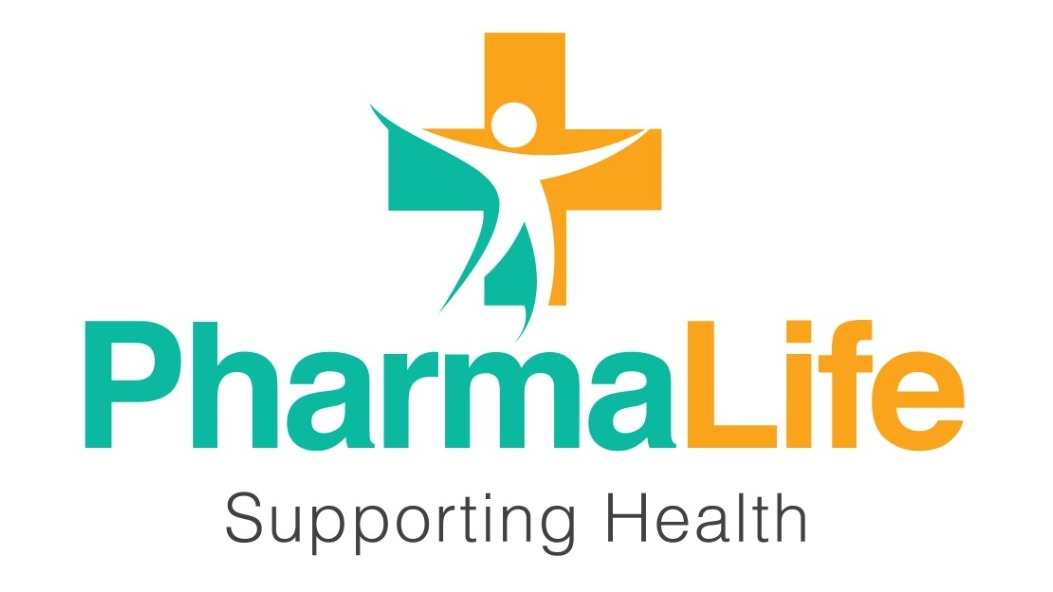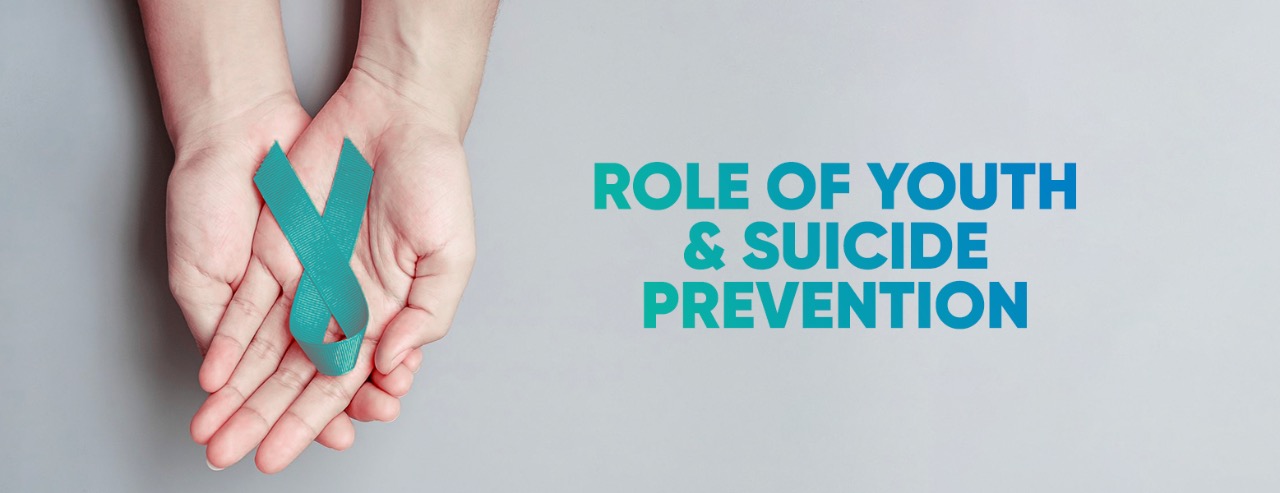An 18 years old male, called at suicide helpline toll free number. He reported to have severe urge to commit suicide. He spoke with higher tone. He expressed his frustrations and disappointment about his family members’ critical comments that hurt him severely. He was feeling low and felt hopeless. He found himself being unloved and had been trouble to his family. He felt like a burden to his family and felt suffocation to live with the shame and guilt.
Similarly, 15 years old female, calls to the toll free number. She reports that she has very high impulse to commit suicide since she had conflict with her mother. She reported that her mother had scolded her for no reason which made her really angry and had impulse to harm herself. She informed that she is under medication and therapy. Her therapist had provided the number if in need.
These cases were critical but both of their lives were saved with the small help and effort.
However, one of the leading causes of death worldwide remains Suicide. Every year, more people die as a result of suicide than HIV, malaria or breast cancer or war and homicide. In 2019, more than 700 000 people died by suicide. Among young people aged 15-29, suicide was the fourth leading cause of death after road injury, tuberculosis and interpersonal violence. Suicide rates vary, between countries, regions, and between males and females.
According to research articles, more than twice as many males die due to suicide as females (12.6 per 100 000 males compared with 5.4 per 100 000 females). Suicide rates among men are generally higher in high-income countries (16.5 per 100 000). For females, the highest suicide rates are found in lower-middle-income countries (7.1 per 100 000)
Nepal on the other hand is not far behind, we are 7th among the Asian countries in suicide. According to the police report in Nepal, there has been 7100 suicide cases in the year 2078. Suicide has really increased in Nepal and it’s in the alarming phase. Even if we compare last year’s data, around 6100 people committed suicide. Suicide has increased by 16.39% in just one year. If we see the analysis per day, around 20 people die every day. In every 1.2 hours, 1 person commits suicide. These are the analysis of reported cases only, there might be many unreported too. Needless to say about the stigma related to suicide where most of the people believe it’s merely an accident. However, people need to be aware that suicide is a consequence of mental illness which can be prevented with little help and effort. Reports of different research articles such as depression, schizophrenia, bipolar affective disorder, substance use disorder has higher rate of committing suicide.
For every suicide there might be many attempts before a successful one. Ingestion of pesticide, hanging and firearms are among the most common methods of suicide globally. Every suicide is a tragedy that affects the entire family, community and country and has long-lasting effects on the people who are left behind.
Who is at risk?
Many suicides happen impulsively. Especially in moments of crisis with a breakdown because of the poor coping skills to deal with life stresses, such as financial problems, relationship break-up or chronic pain and illness.
In addition, war, natural disaster, crisis like pandemic, violence, abuse, or loss and loneliness are strongly associated with suicidal behavior. Discriminated groups like refugees and migrants; indigenous peoples; lesbian, gay, bisexual, transgender, intersex (LGBTI) persons; and prisoners are at high risk for suicide.
Stigma and taboo
Stigma related to mental illness, disorder and suicide is deep-rooted in Nepal. This is the reason people are not seeking help and are not getting the help and support they require. It is regarded as taboo in many societies to openly discuss it due to lack of awareness. The prevention of suicide has not been adequately addressed. Raising community awareness and breaking down the stigma is important to make progress in preventing suicide.
There are myths that have been deep-rooted till date since decades which might not be the truth. Some of the myths are that “People who speak about suicide do not have the intention of committing it” but the truth is “Who speak about suicide can be requesting assistance or support. A significant number of people who include suicide present anxiety, depression, desperation and tend to lack another option”.
Another myth is “The majority of suicides happen suddenly, without previous warning.” The truth, however is “The majority of suicides have been preceded by signs of verbal or behavioral warning. Actually, some suicides are committed without previous warning. But it is important to know the warning signs and take them into account.”
“Only the people with mental disorders commit suicide” is another myth we hear commonly but the reality is “The suicidal behavior indicates a profound unhappiness, but not necessarily a mental disorder. Many people who live with mental disorders are not affected by the suicidal behavior, and not all the people that kill themselves have a mental disorder.”
The common myth we hear occasionally is “Person who has attempted to commit suicide, will never attempt again” but the truth is “People who had attempted suicide in the past are at higher risk of attempting suicide in the future.”
Suicides are preventable
Early identification, assessment, management and follow up anyone who is affected by suicidal behaviors. Coordination and collaboration among multiple sectors of society, including the health sector and other sectors such as education, labour, agriculture, business, justice, law, defense, politics, and the media is important for Suicide prevention efforts. Suicide is a complex issue, no single approach alone can make an impact without other supportive efforts.
Awareness and education is the key element. Making people aware and educating them about the importance of mental health can bring great changes. Mental health is as important as physical health. One must remember that there is no health without mental health. Various laws and restrictions to harmful objects that are easily available can implemented by limiting access to the means of suicide (e.g. pesticides, knife, ropes, firearms, certain medications).
Responsible reporting by the media
The media plays a vital role in relation to suicide. Media reports of suicide can lead to a rise in suicide due to imitation (or copycat suicides) – especially if the report is about a celebrity or describes the method of suicide. Hence, monitoring of such reports are essential. Also, suggesting the media to counteract reports of suicide with stories of successful recovery from mental health challenges or suicidal thoughts can hugely impact on its prevention.
Also, providing trainings to the Health-care workers in early identification, assessment, management and follow-up maybe a great help. Survivors’ groups of people can complement support provided by health services. Providing immediate support to individuals in acute distress during crisis (Pandemic, Earthquakes, Flood, Landslides or other natural or manmade disasters) can also save many lives.
Support for adolescents
Adolescence (12-19 years of age) is a critical period for acquiring socio-emotional skills, particularly since half of mental health conditions appear before 14 years of age. It is important to identify people who are at risk. A Previous suicide attempt is one of the most important risk factors for a Future suicide.
Adolescents provided with education, knowledge, skills and basic intervention techniques can be a very handy to prevent suicide. It just not helps for adolescents who are at risk but also strengthen the groups to talk more openly and message will be delivered not just to a generation but as many generations to follow. Nepal’s Makwanpur district- Bakaiya VDC is one of such examples which is only the second VDC to have youth friendly governance. They had group of adolescent leaders who were chosen by the community to help spread information and awareness through them. They once trained in particular set can be really effective to deliver those services in the community. It was found to be really effective according the local governance authority. Since there were four suicide in a week, team of clinical psychologist – Rampukar Sah and Child and adolescent Psychiatrist Dr. Gunjan Dhonju were deploied from the Child and adolescent psychiatry department of Kanti Children Hospital for the awareness and prevention method to be provided to these young leaders. They were highly enthusiastic and eager to learn awareness about mental health, suicide and its prevention, relaxation techniques and coping skills for daily life stresses.
Such small trainings, campaign are helpful not just to spread awareness but to prevent as many lives possible. At present, there are many toll free numbers in Nepal which provides such services for those who cannot reach out. We ought to remember, people cry out loud their internal pain and suffering through their emotions, behaviour and actions. If we catch the alarming sign at the right time and provide needed support and help, thousands of live in Nepal and millions of life in the world can be saved every year. Please reach out for help for your family, friends and society. Small help can save life.
Writer: Rampukar Sah
Clinical Psychologist ( M.Phil.)
Trained in Child and Adolescent Psychiatry (NIMHANS,India)
Consultant at Department of Child and Adolescent Psychiatry, Kanti Children Hospital
Contact Number: 9803244246
NHPC NO13
Editor of the Article: Sumana Sharma Rajopadhyaya


There are no comments